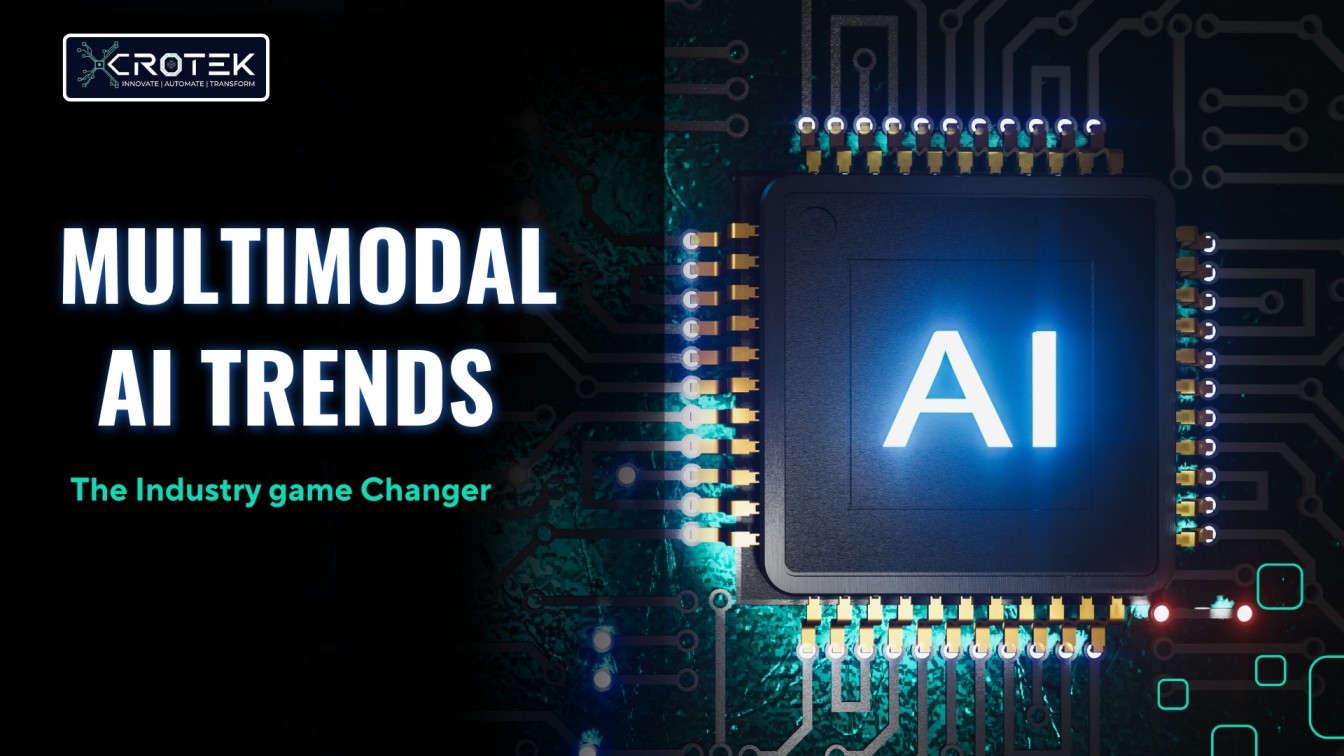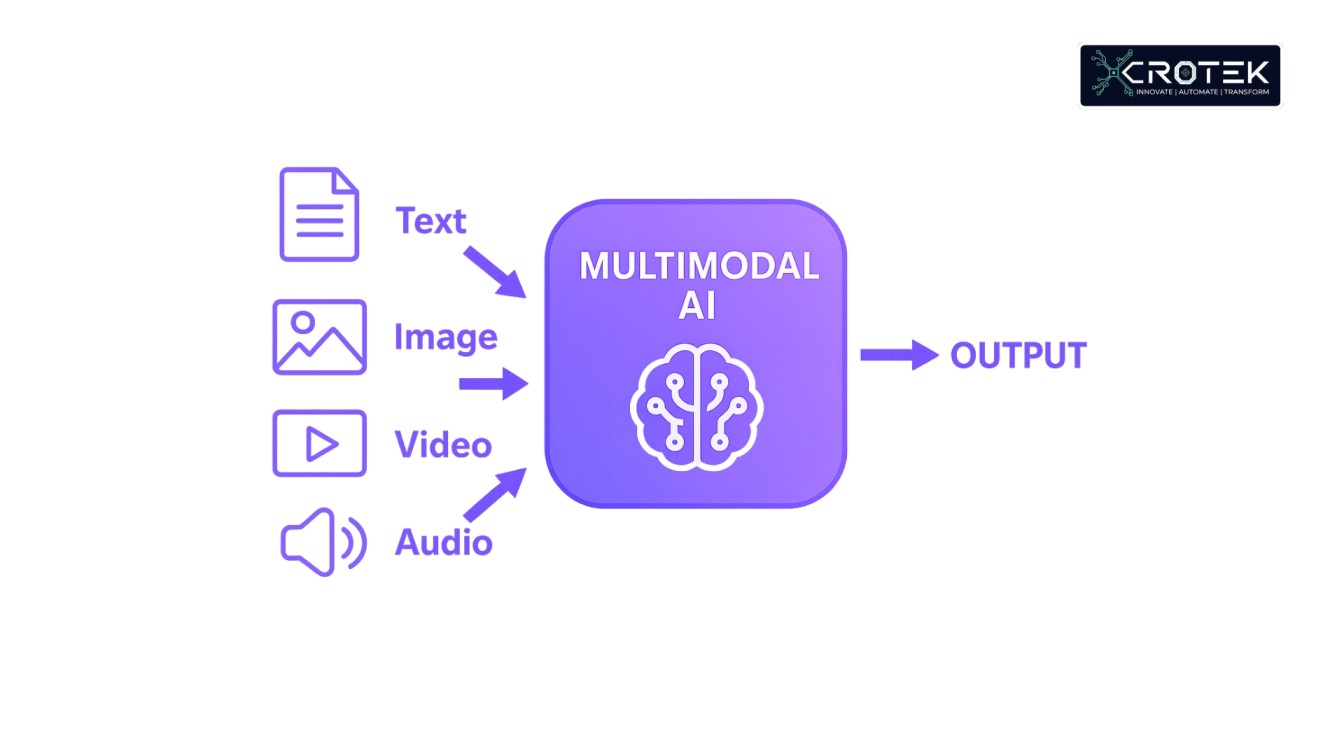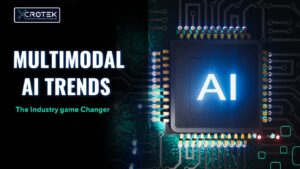
How Voicebots Are Changing Customer Experience in 2025
The Voicebot Revolution of 2025 AI-powered voicebots are no longer just a tool, they’re transforming
Multimodal AI is changing the game, combining text, images, video, and audio to make smarter, faster decisions.
In today’s digitally driven economy, industries are seeking smarter and more adaptive technologies to stay competitive. Enter Multimodal AI, a type of artificial intelligence that can understand and process multiple forms of data simultaneously, including text, image, audio, and video. It’s not just a buzzword; it’s an evolution in how machines understand the world more like humans do.
This blog explores the concept of Multimodal AI, its working principles, and its transformative impact across sectors like healthcare, manufacturing, retail, and beyond.

Multimodal AI refers to artificial intelligence systems that integrate and analyze data from multiple modalities, that means different input types like:
By fusing these data sources, Multimodal AI creates more nuanced and context-aware responses. For example, a smart assistant that sees a damaged product image, hears customer complaints, and reads reviews can offer comprehensive solutions instead of relying on one input stream.
This blog explores the concept of Multimodal AI, its working principles, and its transformative impact across sectors like healthcare, manufacturing, retail, and beyond.

Multimodal AI systems rely on advanced architectures like transformers, neural networks, and self-supervised learning models to align, interpret, and correlate data from varied formats. Here’s a simplified flow:
This enables AI to make highly contextual decisions that a unimodal system (relying on just one type of data) could never achieve.
Multimodal AI is already showing profound impact across industries:
Embracing Multimodal AI unlocks several strategic advantages:
Enhanced Accuracy: By cross-verifying multiple inputs, decisions become more reliable.
Context Awareness: Multimodal systems understand situational subtleties better than single-input AI.
Operational Efficiency: Reduces errors, improves automation, and speeds up processing.
Improved User Experience: Personalized and intuitive interactions across platforms.
Scalability: Suitable for large-scale deployments thanks to data fusion capabilities.
While promising, Multimodal AI isn’t free from challenges:
Data Alignment: Synchronizing varied input streams can be complex.
High Computation Needs: Processing large datasets across modalities demands powerful hardware.
Bias in Inputs: Poor-quality data or biased modalities can skew decisions.
Ethical Concerns: Issues around privacy and responsible data usage still persist.
The future? Expect Multimodal AI to become foundational in humanoid robotics, autonomous vehicles, and even education. Imagine AI tutors understanding not only what you say but how you look confused while saying it — and tailoring lessons accordingly.
Multimodal AI is shifting the paradigm from narrow, reactive machines to broad-spectrum, intuitive systems. Whether it’s a doctor diagnosing rare diseases or an automated factory line detecting flaws in real time, the fusion of text, image, sound, and video is proving to be a game-changer.
Industries that invest in this transformative AI will not just enhance operations—they’ll redefine them. So, is your business ready to think beyond text and embrace the full spectrum of human-machine intelligence?
The future of Multimodal AI is here — don’t just watch it unfold, be part of the revolution. Let’s decode innovation together. Join the movement today!
Contact us on: (+31) 686150880
Mail us on: contact@xcrotek.com
Find us on: xcrotek.com

The Voicebot Revolution of 2025 AI-powered voicebots are no longer just a tool, they’re transforming

AI Chatbot Explore 5 key benefits of AI Chatbots. xCroTek’s virtual assistant offers 24/7 support,

Power of Multimodal AI in Modern Industries Multimodal AI is changing the game, combining text,